For the longest time, flowers have been used to express one’s feelings and emotions. That’s why they make for great gifting options. Whether it’s a congratulatory gift, or an offering to express gratitude, love, appreciation, or friendship - flowers are the go-to means of expression. With their outward beauty and aroma, they are a gift of nature that has the power to express, inspire, touch people’s hearts, and even heal.
Yes, flowers have been used for their healing and therapeutic powers for many years now. Anecdotal evidence suggests how flower therapy has been extensively used to treat cognitive and physical issues like dyslexia, memory loss, hypertension, insomnia, asthma, and eating disorders, among other things. Wellbeing Nutrition has cashed in on these therapeutic properties of a few flowers in some of its products. Want to know more about the floral therapeutic uses? Well, read along.
Therapeutic Potential Of Flowers in Wellbeing Nutrition Products
Wellbeing Nutrition’s team of experts has travelled across the globe to sustainably source natural ingredients with better potency, digestibility, absorption, and bioavailability – all vital to helping achieve balance and thrive. Flowers feature as one of the most vital natural ingredients they use in some of their products. Let’s take a look at these flowers and the products they have been used in below:
-
Chamomile
Chamomile is a herbal medicine known to many since ancient times. A member of the Asteraceae family, chamomile is mostly found in two varieties - German chamomile and Roman chamomile.
Its popularity is owed to its amazing list of health benefits which include relief from muscle spasms, insomnia, gastrointestinal disorders, rheumatic pain, menstrual disorders, and haemorrhoids among others. Chamomile is used in various forms, its dried leaves are used to make tea, oil, and various other concoctions. Chamomile flowers are also used directly or with poppy heads, for inflammatory pain or external swelling of the face or due to an abscess or infection. Besides, chamomile flowers in the form of a fluid extract have been often used as a mild sedative to soothe nerves and lessen anxiety, to de-stress, and treat nightmares, insomnia, and other sleep problems.
To keep up with the fast-paced life that we lead today, chamomile supplements come to the rescue. These supplements are easier to carry around and consume than the cumbersome process of brewing a herbal decoction from scratch. The two cases in point are- Restful Sleep Melts and Calm & Relaxation Melts by Wellbeing Nutrition, which consists of chamomile as an ingredient. The chamomile flower extract used in both these variants of Melts has a calming effect on the brain. Chamomile promotes calmness and helps increase serotonin and melatonin levels in the body to eliminate stress and provide instant relief from headaches.
-
Passion Flower
Scientifically known as Passiflora incarnata, the passion flower is a climbing vine with white and purple flowers, which have therapeutic properties that help to calm nerves and induce sleep. Native to the Southeastern United States and Central and South America, these chemicals in this flower have been traditionally used to help people with sleep.
In many parts of the world, people sip a cup of passionflower tea right before hitting the bed to get a good night’s sleep.
A 2010 report published in the Phytomedicine Journal suggests that passionflower helps increase the gamma-aminobutyric acid (GABA) in the brain, which is a naturally-occurring amino acid that calms the nervous system down and reduces the activity in the brain. This then further results in improved mood, better sleep, calmness and relaxation, and also relief from any kind of neural pain.
Off lately, the use of passionflower is promoted as a dietary supplement as it is known to help with anxiety and sleep problems, as well as for pain, heart rhythm problems, menopausal symptoms, and attention-deficit hyperactivity disorder.
This flower is one of the ingredients in Wellbeing Nutrition’s Restful Sleep Melts to help with anxiety and insomnia.
-
Marigold
We see gardens sprawled with marigolds. But did you know that they are a great source of lutein and zeaxanthin, which are two vital vision detoxifier compounds?
Lutein also reduces inflammation in the eyes, boosts the sharpness of the vision, and protects the retina against light-induced damage. On the other hand, zeaxanthin has the potential to help protect your eyes from harmful high-energy light waves like ultraviolet rays in sunlight.
Zeaxanthin helps give Marigold leaves their vibrant green colour, while lutein gives the flower petals their distinct yellow and orange hue. These two supreme ingredients are present in Eye Care Melts along with other vital ingredients like Bilberry, NAG, and Lutemax 2020 to help to protect your eyes from fatigue and digital strain
-
Sweet Violet
This purple flower, also scientifically known as Viola odorata, is usually found in Europe.
Sweet violet has chemicals that help break up chest congestion by thinning mucus and making it easier to cough up.It contains salicylic acid, which is similar to the pain-relieving component in aspirin, and both the leaves and flower are used to ease headaches. Known for its anti-inflammatory and soothing properties, this flower is known to ease respiratory tract infections, liquify chest congestion and mucus, and relieve other symptoms like bronchitis, stuffy nose, soreness in the throat, and congestion. That is why, this flower is an essential ingredient along with manuka honey, curcumin, mint, ginger, clove, holy basil, and licorice root in Throat Relief Melts, which provides instant relief from respiratory issues like sore throat, cold, cough, and the like without inducing sleep.
We hope you agree there’s great therapeutic use in flowers, which have been drawn out in the aforementioned Wellbeing Nutrition products. Would you like to give them a try? Get yourselves a pack of your most favoured product now and let us know of your experience.
References:
-
Chamomile, National Center for Complementary and Integrative Health, (https://www.nccih.nih.gov/health/chamomile)
-
Srivastava JK, Shankar E, Gupta S. Chamomile: A herbal medicine of the past with bright future. Mol Med Rep. 2010 Nov 1;3(6):895-901. DOI: 10.3892/mmr.2010.377. PMID: 21132119; PMCID: PMC2995283. (https://bit.ly/3Bpm5RW)
-
Elsas SM, Rossi DJ, Raber J, White G, Seeley CA, Gregory WL, Mohr C, Pfankuch T, Soumyanath A. Passiflora incarnata L. (Passionflower) extracts elicit GABA currents in hippocampal neurons in vitro, and show anxiogenic and anticonvulsant effects in vivo, varying with extraction method. Phytomedicine. 2010 Oct;17(12):940-9. DOI: 10.1016/j.phymed.2010.03.002. Epub 2010 Apr 10. PMID: 20382514; PMCID: PMC2941540. (https://www.ncbi.nlm.nih.gov/pmc/articles/PMC2941540/)
-
IOP Conference Series: Materials Science and Engineering, Volume 509, 13th Joint Conference on Chemistry (13th JCC) 7–8 September 2018, Semarang, Indonesia
-
Citation Jovine Marcella Kurniawan et al 2019 IOP Conf. Ser.: Mater. Sci. Eng. 509 012060 (https://iopscience.iop.org/article/10.1088/1757-899X/509/1/012060)
-
Efficacy of Viola odorata flower decoction in chronic rhinosinusitis, Imamuddin Mulla, Mariyam Roqaiya, Mohd Imran Khan, Medical Journal of Islamic World Academy of Sciences, DOI: 10.5505/ias.2019.08379 2019;27(3): 77-84, (https://www.journalagent.com/ias/pdfs/IAS_27_3_77_84.pdf)


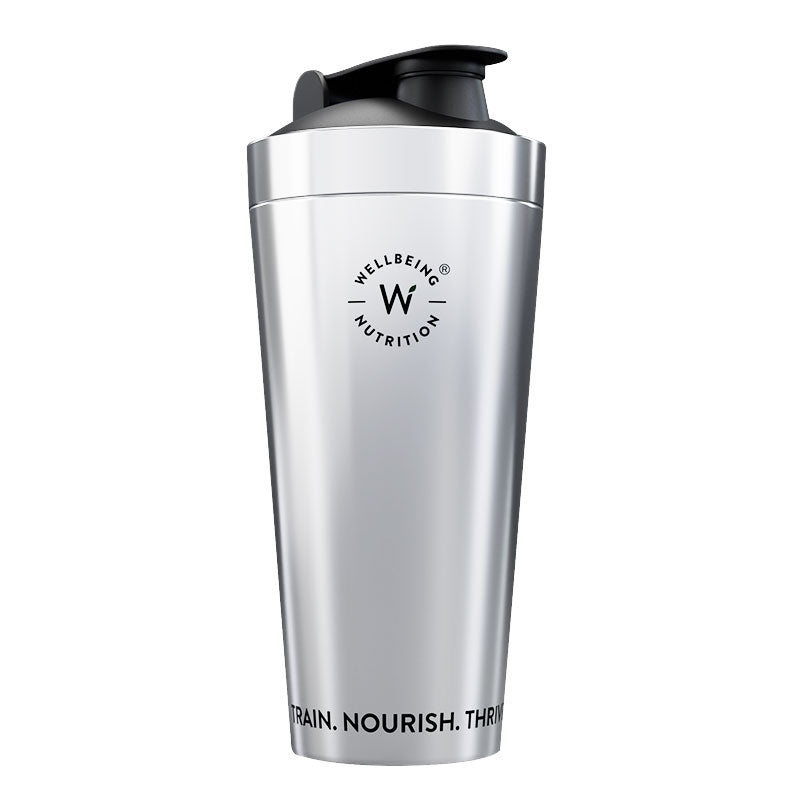











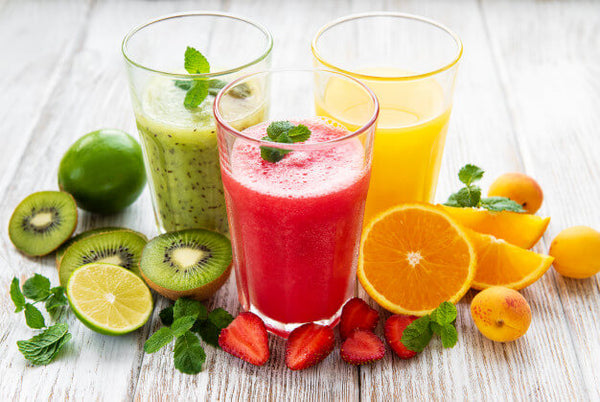



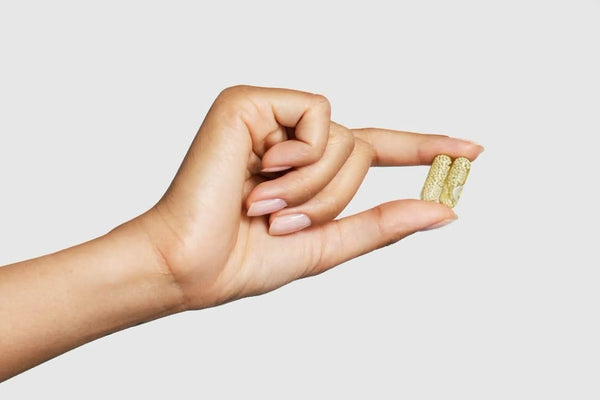
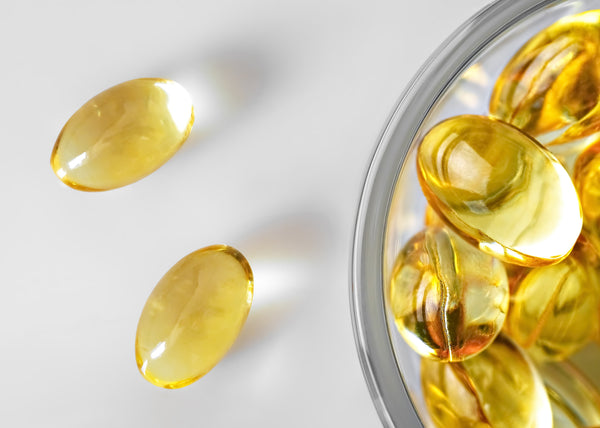
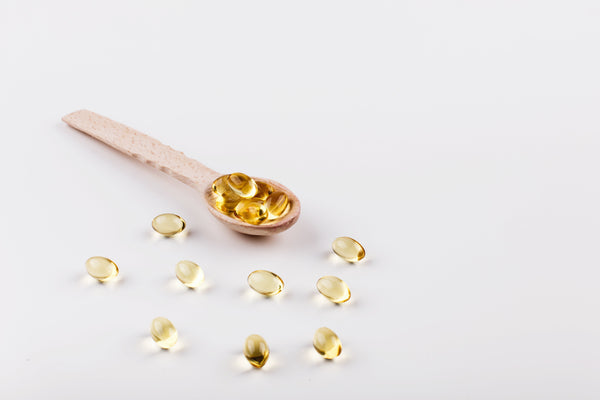






 DOWNLOAD NOW
DOWNLOAD NOW
